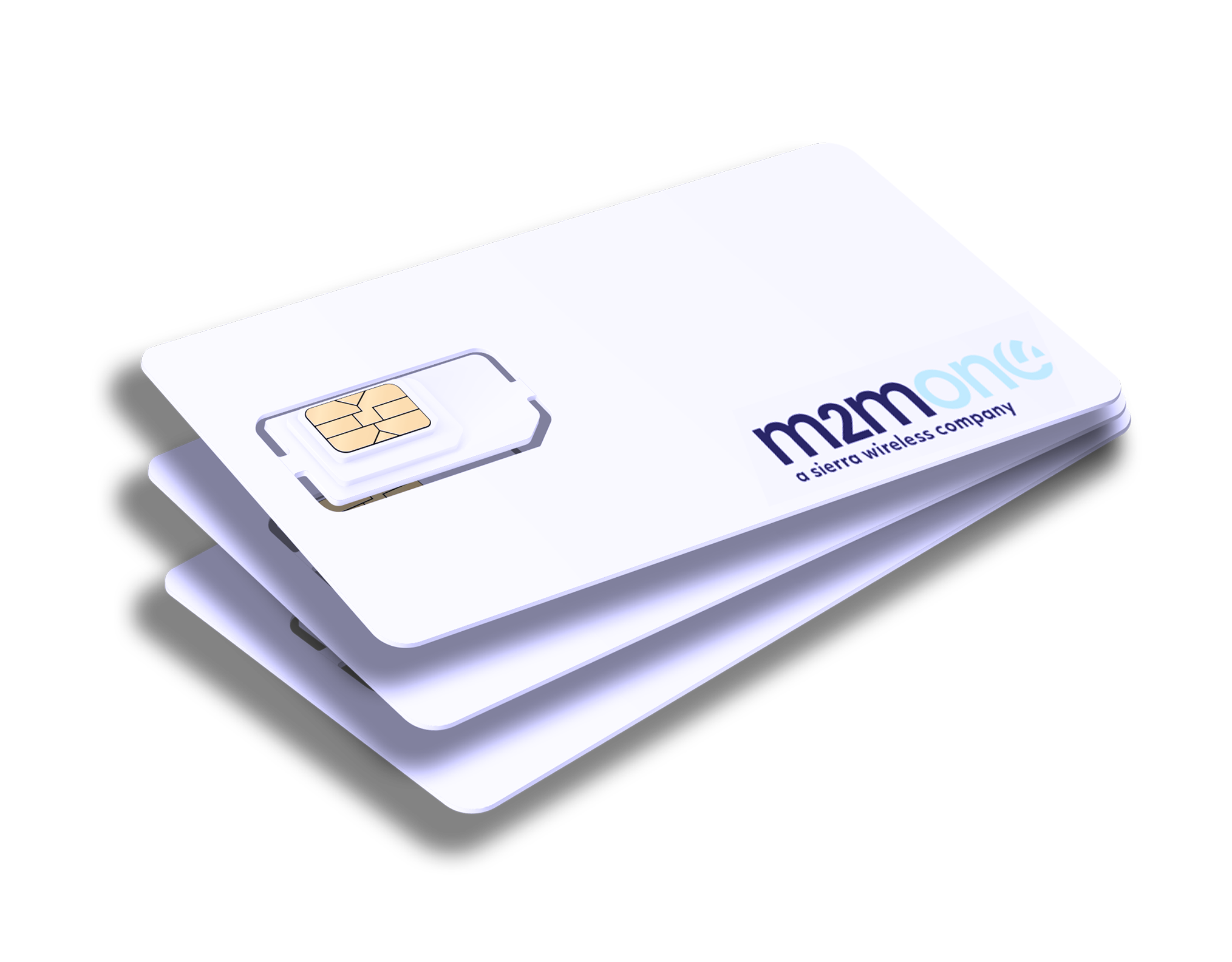Connectivity helping
businesses grow across
Australia and New Zealand
M2M devices connected
%
of Australia and New Zealand covered
terabytes of data transferred every month
M2M One’s IoT SIM Plans
NB-IoT, a Low Power Wide Area Network (LPWAN) technology within the LTE family, is specifically designed for IoT applications requiring minimal data transmission, long battery life, and extensive coverage.
Contrasting with LTE’s focus on high-speed data and voice communications and GSM’s initial design for voice with later data capabilities, NB-IoT excels in applications like smart metering, asset tracking, environmental monitoring, and smart agriculture, offering low data rates (20-250 kbps) across a narrow bandwidth (~200 kHz). This efficiency, combined with superior indoor penetration and lower operational costs, suits devices needing periodic data transmission over vast areas.
NB-IoT devices require a SIM card for network authentication, supporting essential IoT requirements, including international roaming agreements for cross-border functionality, crucial for applications like logistics.
With 5G networks designed to incorporate NB-IoT, these devices stand to gain from enhanced network capabilities, ensuring continued relevance in the evolving IoT landscape by leveraging 5G’s extensive coverage and capacity for connecting numerous devices simultaneously. In the era of the Internet of Things (IoT), where devices communicate and interact with each other, a crucial component is the IoT data SIM.
M2M One Australia offers cutting-edge NB-IoT SIM cards and data plans to ensure seamless connectivity for your IoT devices. M2M One understands the diverse requirements of IoT applications and offers comprehensive IoT SIM plans tailored to meet your specific needs. Our NB-IoT SIM cards provide robust connectivity, extensive coverage, and flexible data allowances to support your IoT deployments.
Ready to empower your IoT devices with unparalleled connectivity? Choose M2M One’s NB-IoT SIM cards today and experience the difference.
NB-IoT SIM Plan Features
- Wide Coverage: Our NB-IoT SIM cards utilise the expansive cellular network coverage in Australia, ensuring reliable connectivity even in remote areas.
- Cost-Effective: We offer cost-effective NB-IoT data plans with flexible options, allowing you to choose the most suitable plan based on your IoT data requirements and budget.
- Secure and Managed Connectivity: M2M One ensures secure and managed connectivity for your IoT devices, safeguarding your data and providing peace of mind.
- Scalability: Our NB-IoT SIM plans are designed to scale with your business needs, accommodating future growth and expansion effortlessly.
Should I Be Using NB-IoT For My Deployments?
NB-IoT is designed for simple devices which infrequently send data, and require a longer battery life.
If you have widely-deployed devices in the field (such as gas, electricity or water metres, environmental sensors, or building automation) that do not need to send frequent updates, this may be a suitable technology for your requirements.
Choosing M2M One
When it comes to NB-IoT services, M2M One stands out as a trusted provider. With our advanced M2M SIM cards and data plans, you can unlock the full potential of your IoT devices, streamline operations, and gain a competitive edge in the market. Trust M2M One for reliable, secure, and efficient IoT connectivity. Browse our range of NB-IoT SIM cards and data plans or talk to a team member and take your IoT deployments to the next level.
Discover a whole range of SIM cards to help you stay connected, including our Global and LiftSIM products.
What is NB-IoT?
NB-IoT is a low-power, wide-area cellular network (LPWAN) technology which uses 200KHz of bandwidth to transfer data. Generally, the maximum upload data transfer rate is around 62.5kb per second. Lower power consumption and device affordability offset the slightly slower data transfer rate.
Despite offering an excellent stationary range and penetration, it is important to note that the NB-IoT network does not support cell tower handover. This means the signal connection will fail if devices move out of the frequency range.
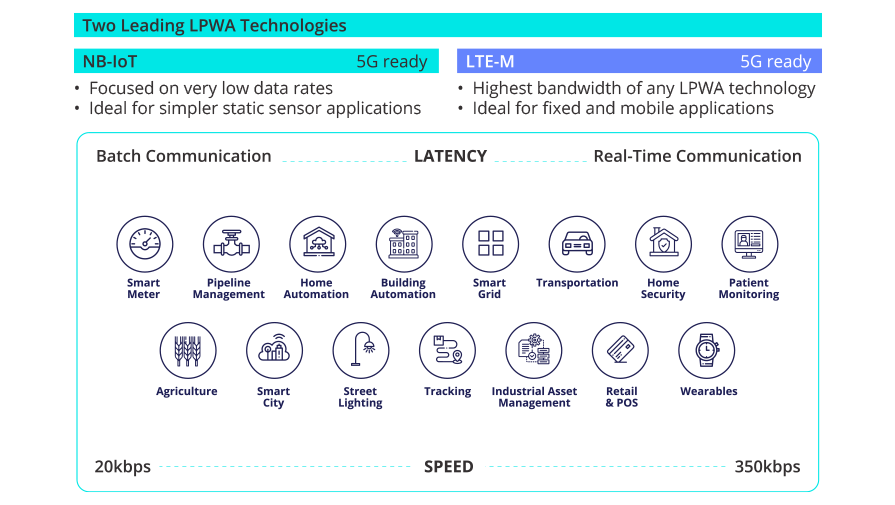
Image courtesy of Semtech (formally Sierra Wireless)
Why choose an NB-IoT service from M2M One?
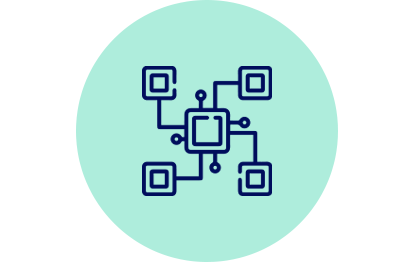
Superior Coverage
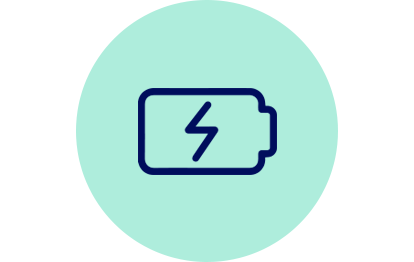
Lower Power Consumption
NB-IoT supports low powered operating modes and single polling to drastically increase device battery life.
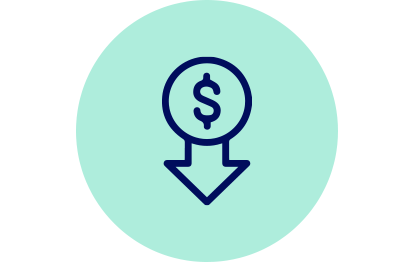
Low Operating Costs
With competitive data plans and reduced messaging frequency NB-IoT becomes a cost effective communication method for IoT.
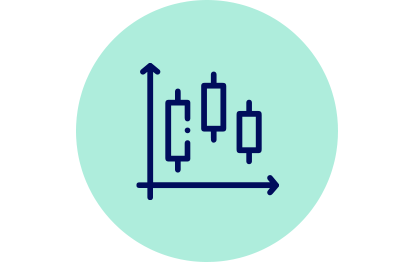
Managed Growth
Our management platform and team of experienced support staff and developers proactively help you to optimise costs as your business grows.
NB-IoT Terms and Conditions
- All customers need to be qualified by M2M One staff before accessing NB-IoT services.
- Customers must have a standard account with M2M One before applying for NB-IoT services ( Create account here: Get Connected ).
- NB-IoT services are controlled by a separate CISCO Jasper M2M Control Centre and are not able to be migrated to your existing Control Centre account or SIM Cards.
- Voice & SMS are not available on NB-IoT Services.
- NB-IoT services are sold as ‘Tokens’ – Each Token represents a pre-set amount of data per SIM per month:
- Bronze – 85KB
- Silver – 256KB
- Gold – 427KB
- NB-IoT Tokens are sold in ‘Packs’ with 100 Tokens being the minimum.
- NB-IoT Tokens will be consumed under 3 conditions:
- Activation – When a SIM Card is changed to Activated State
- Renewal – Any SIM Cards that are Active at the start of a new billing month will use a token to cover the new month.
- Top-Up – usage above your pooled allowance will automatically consume NB-IoT Tokens to cover excess data used
- NB-IoT Tokens do not pro-rate and all associated data expires at 23:59 at the end of each calendar month.
- Moving up or down Token class (Bronze/Silver/Gold) will take effect from the first day of the following calendar month.
- If your available Token Balance is less than your current number of active services on the first day of the calendar month then you will automatically be invoiced for the lowest applicable Token Pack to cover all of your active services for the month.
- NB-IoT Tokens of the same level only allow pooling/aggregation (e.g. Bronze can not pool with Silver or Gold).
- Token Packs shall expire after 24 months.
FAQs
What is NB-IoT used for?
Narrowband IoT (NB-IoT) is a low power wide area network (LPWAN) technology developed to enable a wide range of devices and services to be connected using cellular telecommunications bands. It’s designed for IoT applications that require small amounts of data to be transmitted infrequently over long distances, while maintaining low power consumption and minimising costs.
The most common use cases include;
- Smart Metering: Utility companies use NB-IoT for smart water, gas, and electricity metres to efficiently monitor and manage resource consumption remotely, enabling accurate billing and conservation efforts.
- Asset Tracking: It’s used in tracking assets over large areas, including logistics and supply chain management, to monitor the location, condition, and status of goods or equipment, especially in remote or hard-to-reach areas.
- Environmental Monitoring: NB-IoT supports environmental monitoring applications such as air quality, water quality, and soil conditions, allowing for real-time data collection over large geographic areas.
- Smart Agriculture: In agriculture, NB-IoT helps in monitoring soil moisture, temperature, and crop health to optimise irrigation, fertilisation, and increase yields.
- Smart Cities: It aids in the development of smart city solutions, including street lighting control, waste management, and parking space monitoring, to improve urban efficiency and sustainability.
- Wearable Devices: NB-IoT is used in certain wearable health devices for remote patient monitoring and elderly care, providing healthcare providers with vital patient data in real-time.
- Building Automation: For monitoring and controlling building conditions, energy use, and security systems to enhance occupant comfort while reducing operational costs.
What is the difference between LTE and NB IoT?
|
NB IoT |
LTE |
|
|
Purpose |
Connectivity for devices requiring low data rates and long battery life. |
High-speed data and voice communications for mobile devices. |
|
Application |
Ideal for smart metering, asset tracking, environmental monitoring. |
Suited for video streaming, online gaming, web browsing. |
|
Bandwidth |
Narrow (around 200 kHz). |
Wide (up to 20 MHz). |
|
Data Rate |
Low (tens to hundreds of Kbps). |
High (tens to hundreds of Mbps). |
|
Power Consumption |
Lower, optimised for long battery life (up to 10 years or more). |
Higher, due to high data rates. |
|
Coverage and Penetration |
Superior, with excellent urban and indoor penetration. |
Extensive, but may require enhancements for indoor/underground coverage. |
|
Cost |
Lower, due to simpler technology and operational efficiency. |
Higher, due to infrastructure and device complexity. |
What is the difference between GSM and NB-IoT?
|
NB IoT |
GSM |
|
|
Primary Use |
Specifically designed for IoT applications, focusing on low data rate transmission. |
Initially designed for voice communications, later expanded to include data services. |
|
Technology Type |
LPWAN (Low Power Wide Area Network) technology within the LTE family, optimised for IoT. |
2G cellular technology, providing digital voice services and slow data transmission. |
|
Data Rate |
Lower data rates (tens to hundreds of Kbps), optimised for transmitting small amounts of data. |
Higher than NB-IoT (up to 9.6 Kbps for GPRS in earlier versions, and higher with EDGE enhancements). |
|
Bandwidth |
Utilises narrow bandwidth (around 200 kHz), reducing power consumption and increasing coverage. |
Uses wider bandwidth channels compared to NB-IoT. |
|
Power Consumption |
Lower, designed for devices to operate on a single battery charge for years. |
Higher, due to its wider bandwidth and older technology. |
|
Coverage |
Superior coverage and deep indoor penetration, leveraging its narrowband technology. |
Wide coverage, but may struggle with deep indoor penetration without additional enhancements. |
|
Application Examples |
Smart metering, asset tracking, environmental monitoring, smart agriculture, and more IoT applications. |
Voice calls, SMS, basic data services in earlier mobile communications. |
|
Deployment |
Being deployed specifically for IoT applications requiring extensive coverage and low bandwidth. |
Widely deployed globally as part of the initial expansion of cellular networks. |
|
Cost |
Lower deployment and operational costs for IoT applications due to simplified device requirements and network efficiency. |
Initially higher due to the cost of deploying cellular infrastructure, but reduced over time. |
Do you need a SIM card for NB-IoT?
Does NB-IoT support roaming?
Does 5G support NB-IoT?
What is the data limit for NB IoT?
NB-IoT (Narrowband Internet of Things) is designed for applications that require low data rates and transmit small amounts of data. The typical data rate for NB-IoT ranges from around 20 kbps to 250 kbps. However, the actual amount of data that an NB-IoT device can send or receive is not strictly limited by the technology itself but is influenced by various factors such as:
- Network Configuration: The specific setup and capabilities of the cellular network infrastructure can impact data transmission rates and volumes.
- Device Capabilities: The design and functionality of the NB-IoT device, including its hardware and firmware, can affect how much data it can process and transmit.
- Application Requirements: Different applications have varying data needs. For example, a sensor transmitting temperature data once an hour will have a much lower data requirement than a device sending more complex data more frequently.
Need help?
Still not sure how much data your M2M/IoT device needs? Or maybe you just want to talk through some options.
Feel free to contact M2M One any time for help.

